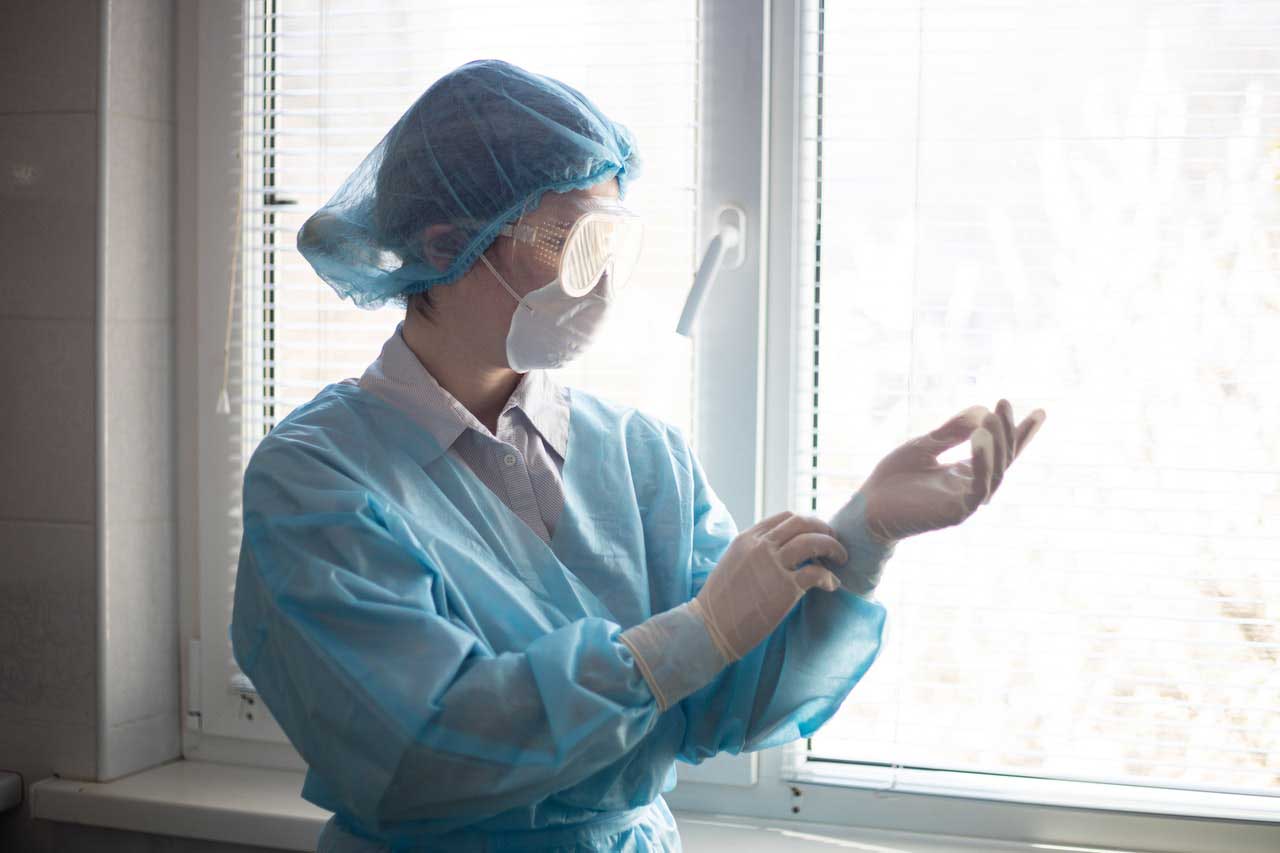Dental Prophylaxis Explained: Improve Oral Health
The importance of maintaining good oral health cannot be overstated. One of the most effective ways to prevent dental problems and ensure a healthy, beautiful smile is through regular dental prophylaxis. But what exactly is dental prophylaxis, and how does it contribute to overall oral well-being? In this comprehensive guide, we’ll delve into the world of dental prophylaxis, exploring its definition, benefits, procedures, and why it’s an essential component of any oral health routine.
Definition and Purpose
Dental prophylaxis, often simply referred to as a dental cleaning, is a preventive dental procedure designed to remove plaque, tartar (calculus), and stains from the teeth, both above and below the gum line. This process is crucial for preventing the accumulation of harmful bacteria that can lead to gingivitis, an inflammation of the gums, and more severe conditions like periodontitis, which affects the gums, periodontal ligament, and alveolar bone.
The Procedure: What to Expect
A typical dental prophylaxis procedure involves several steps, each aimed at ensuring your teeth and gums are thoroughly cleaned and inspected for any signs of disease or deterioration. Here’s an overview of what you might expect during a visit:
Initial Examination: Before the cleaning begins, your dentist will perform a visual examination of your mouth to check for any signs of oral disease or abnormalities.
Removal of Plaque and Tartar: Using an ultrasonic device, the dentist or hygienist will gently remove plaque and tartar from the teeth, both above and below the gum line. This step is crucial for preventing gum disease.
Teeth Polishing: Following the removal of plaque and tartar, the teeth are polished to remove any remaining stains and smooth the surfaces of the teeth, making it more difficult for plaque to accumulate in the future.
Fluoride Treatment: Depending on your oral health needs, a fluoride treatment may be applied to help strengthen tooth enamel and make teeth more resistant to decay.
Final Inspection and Recommendations: After the procedure, your dentist will inspect your mouth again to ensure all areas have been adequately cleaned and treated. This is also an opportunity for your dentist to provide personalized advice on maintaining good oral hygiene at home.
Benefits of Dental Prophylaxis
The advantages of incorporating regular dental prophylaxis into your oral health routine are multifaceted:
- Prevention of Gum Disease: By removing plaque and tartar, you significantly reduce the risk of developing gingivitis and periodontitis.
- Reduction of Bad Breath (Halitosis): Regular cleanings can help eliminate the bacteria that cause bad breath.
- Boosts Confidence: A clean, healthy smile can greatly enhance your confidence and self-esteem.
- Prevents Tooth Loss: Advanced gum disease is a leading cause of tooth loss in adults. Regular prophylaxis helps prevent this condition.
- Supports Overall Health: There is growing evidence of a link between gum disease and other systemic conditions, such as heart disease and diabetes. Maintaining good oral health may contribute to overall bodily health.
How Often Should You Get a Dental Prophylaxis?
The frequency of dental prophylaxis depends on several factors, including your current oral health status, risk factors for dental diseases, and personal oral hygiene habits. Generally, most adults should have their teeth professionally cleaned at least twice a year. However, if you are at a higher risk for oral diseases, your dentist may recommend more frequent visits.
DIY Oral Hygiene: Complementing Dental Prophylaxis
While dental prophylaxis is a critical preventive measure, it is equally important to maintain good oral hygiene habits at home. This includes:
- Brushing Your Teeth: At least twice a day, using a fluoride toothpaste and a soft-bristled toothbrush.
- Flossing: Daily, to remove food particles and plaque from between the teeth and under the gum line.
- Mouthwash: Using a mouthwash can help kill bacteria and freshen breath, though it should not replace brushing and flossing.
Conclusion
Dental prophylaxis is a cornerstone of preventive dental care, offering a multitude of benefits that extend beyond the mouth to impact overall health and well-being. By understanding the importance of regular dental cleanings and incorporating them into your routine, you take a significant step towards maintaining a healthy, vibrant smile for years to come.
Frequently Asked Questions
What is the difference between plaque and tartar?
+Plaque is a sticky film of bacteria that forms on the teeth, while tartar (or calculus) is hardened plaque that has firmly attached to the tooth surface both above and below the gum line. Tartar can only be removed through professional cleaning.
How long does a dental prophylaxis procedure typically take?
+The duration of a dental prophylaxis can vary depending on the individual’s oral health and the extent of the cleaning required. On average, a routine cleaning may take about 30 minutes to an hour, though more complex cases may require longer sessions.
Is dental prophylaxis painful?
+Most people do not find dental prophylaxis to be painful. However, if you have sensitive teeth or gums, you may experience some discomfort. Informing your dentist about any sensitivity before the procedure can help them take steps to minimize your discomfort.
Can dental prophylaxis help with tooth staining?
+Yes, part of the dental prophylaxis procedure involves polishing the teeth, which can help remove surface stains, leaving your teeth looking cleaner and brighter.
Is dental prophylaxis covered by insurance?
+Coverage for dental prophylaxis can vary depending on your insurance plan. Most dental insurance plans cover routine cleanings as part of preventive care, but it’s always best to check with your provider to understand what is covered under your specific plan.



